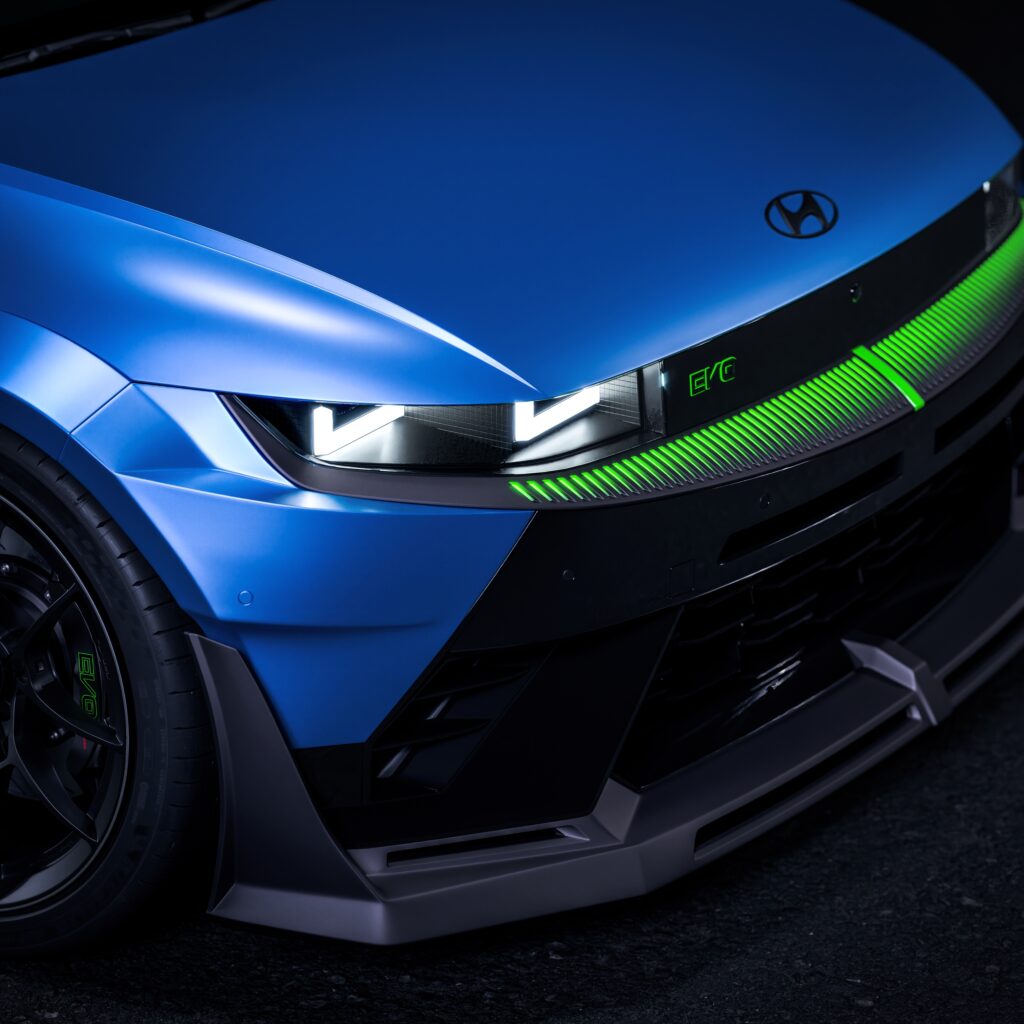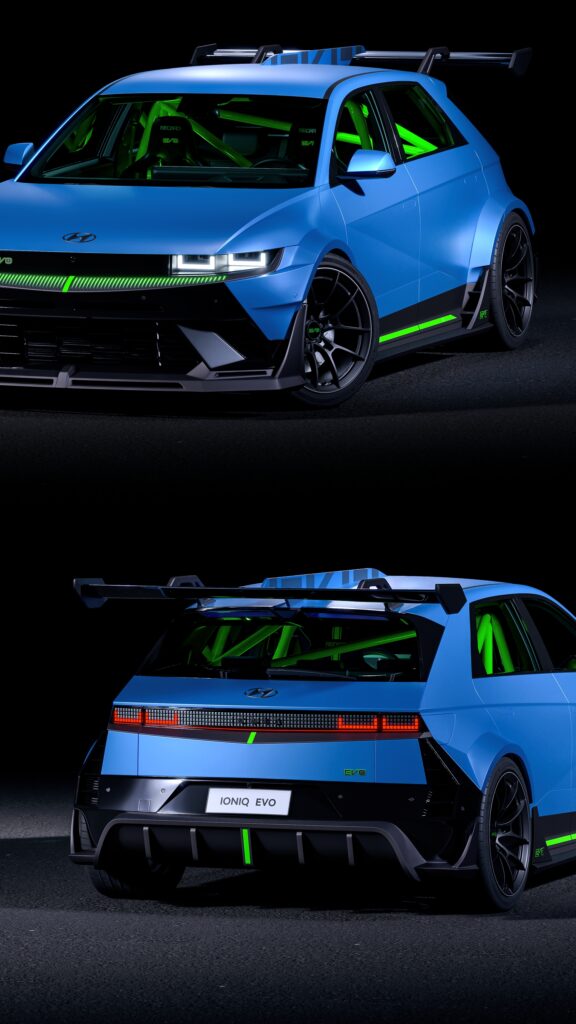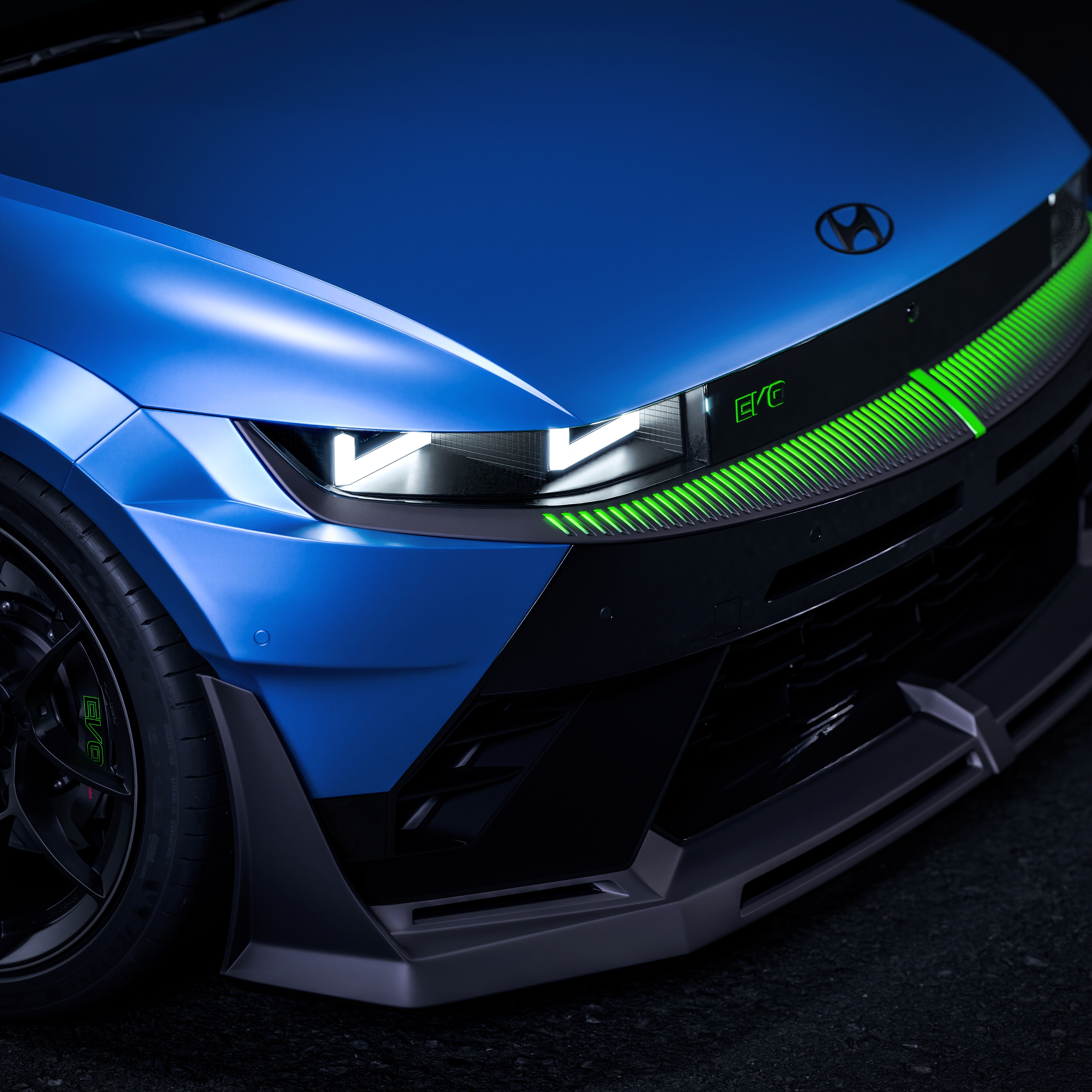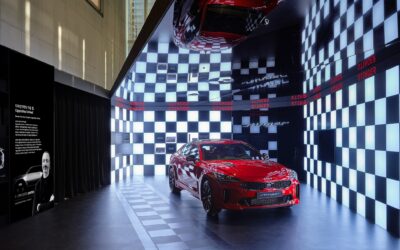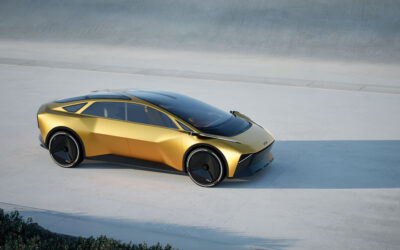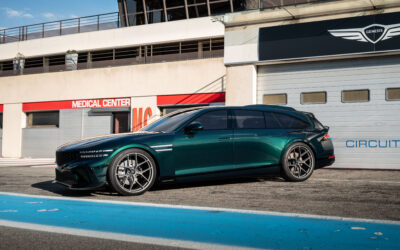The roar of internal combustion engines has long defined automotive tuning, but a new symphony is emerging—one of silent speed and digital artistry. While traditional gearheads debate the ‘soul’ of electric vehicles, a quiet revolution is underway, led by a new generation of digital-native creators who are already sculpting the future of performance customization in the EV era. At the forefront of this movement stands Brian Kim, whose latest creation—the IONIQ EVO—demonstrates that the future of automotive personalization isn’t just about horsepower anymore.
The Rise of the Graphic Tuner
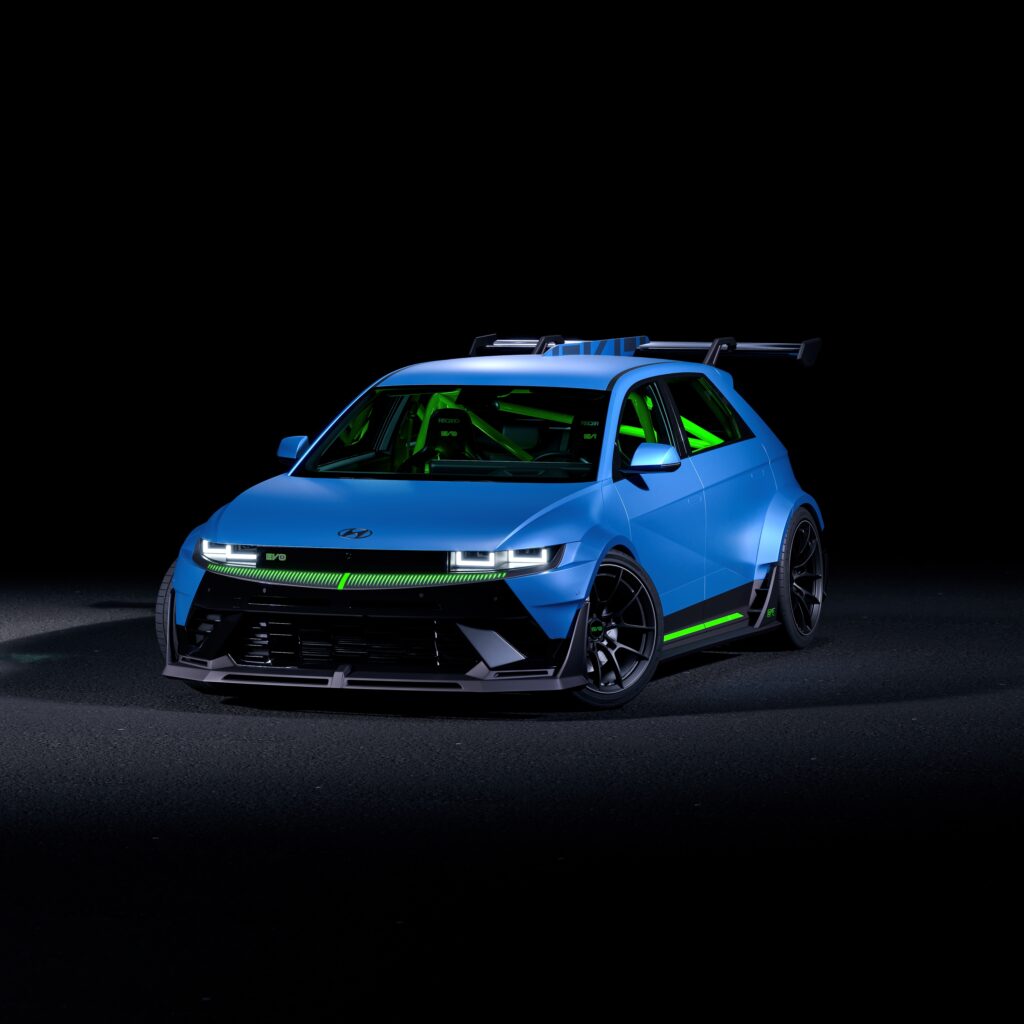
Just a few years ago, names like Jon Sibal and Khyzyl Saleem (Kyza) were known only within niche digital art circles. Today, they command followings that rival traditional automotive influencers, their virtual creations inspiring real-world builds and reshaping our understanding of automotive design. This phenomenon—graphic tuning transitioning from screen to street—represents one of the most significant shifts in car culture since the internet democratized automotive knowledge.
Brian Kim (https://www.instagram.com/briankimdesigns/) embodies this evolution perfectly. As a core partner in WRD WORLD’s Project712 series, he’s proven his ability to translate digital vision into physical reality. But with the IONIQ EVO, he’s stepped out on his own, creating something that’s both a tribute to traditional tuning philosophy and a manifesto for electric vehicle customization.
Brian’s journey began early, influenced by his father’s red Hyundai Tiburon and his grandfather’s 2001 Tuscani Elisa. From childhood sketches inspired by The Fast and the Furious to plastic model building, then eventually mastering 3D software after graduating high school, his path reflects a generation that grew up bridging analog and digital automotive dreams.
IONIQ EVO: Where Evolution Meets Revolution
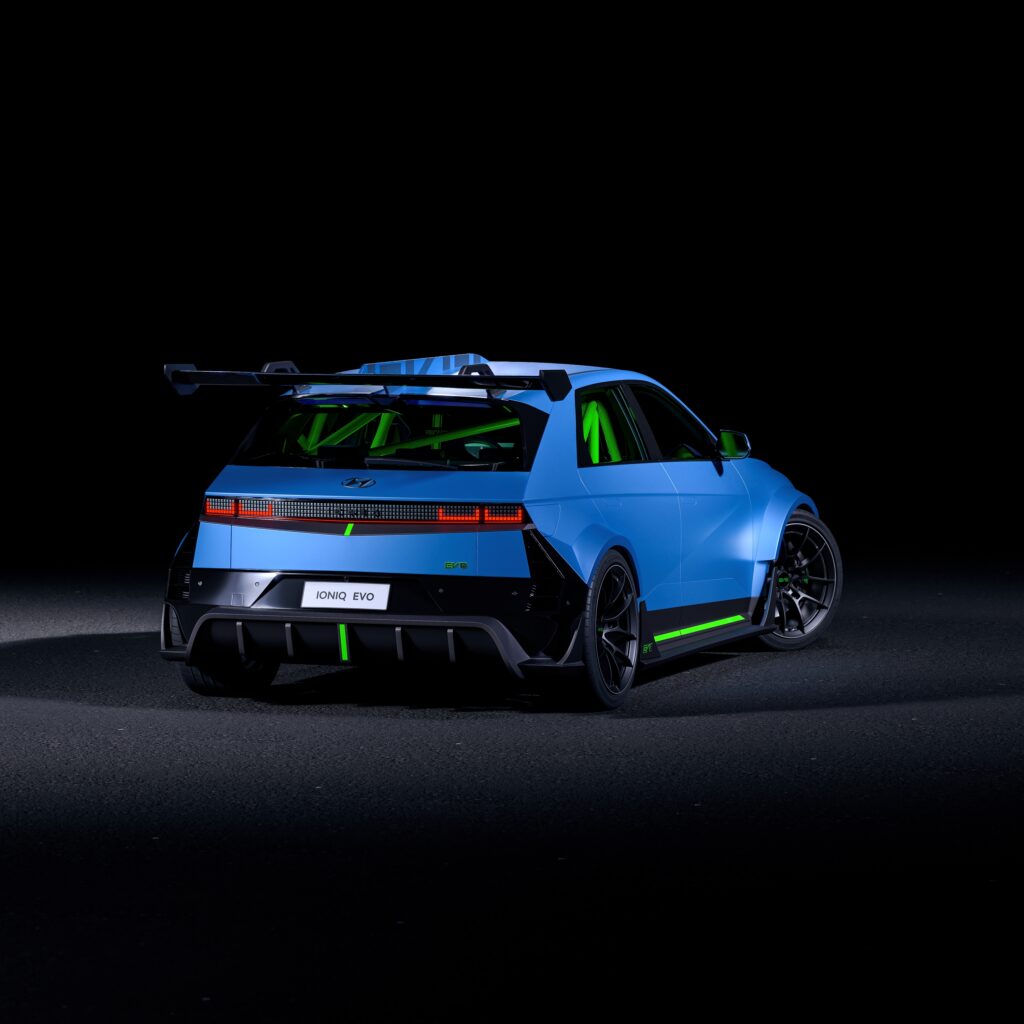
Based on the IONIQ 5 N—Hyundai’s already aggressive performance EV—the IONIQ EVO pushes the concept further into uncharted territory. The name itself is telling: “EVO” combines “EV” with “Evolution,” suggesting that this isn’t just another body kit but a philosophical statement about where high-performance electric vehicles are heading.
The design language speaks to this ambition. Brian’s chosen color palette—a striking combination of green and blue—deliberately symbolizes high-performance EV identity, moving beyond the sterile white-and-silver aesthetic that has dominated electric vehicle design. It’s a bold declaration that EVs can have attitude, personality, and most importantly, soul.
OEM+ Philosophy in the EV Age
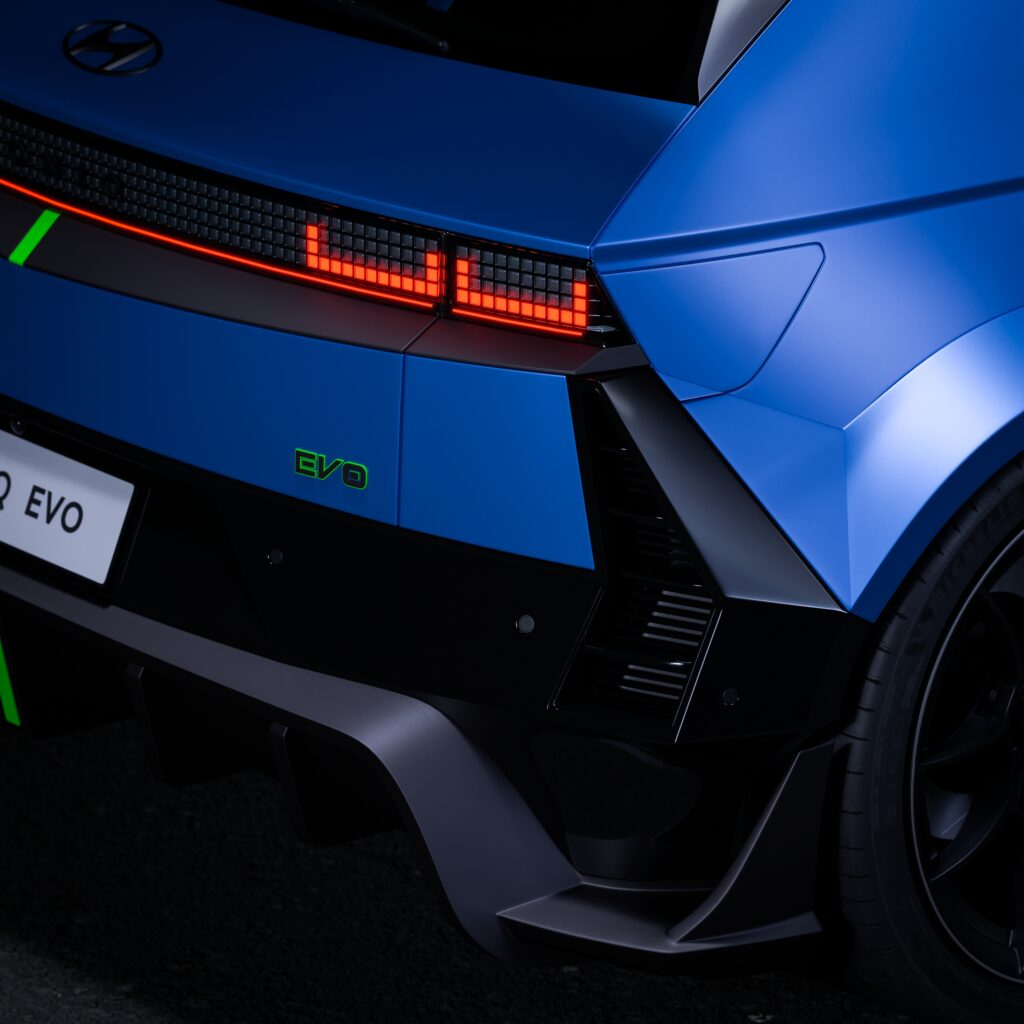
What makes the IONIQ EVO particularly compelling is its adherence to what Brian calls “OEM+” principles. Rather than the dramatic, anime-inspired modifications that often dominate the graphic tuning world, this approach respects the original design language while amplifying its performance intentions.
The modifications are purposeful: enlarged front inlet openings address the thermal management challenges that plague high-performance EVs. Wide fender flares accommodate the broader contact patches needed to harness instant electric torque. The rear wing isn’t just aesthetic—it’s acknowledgment that EVs, despite their low centers of gravity, still need aerodynamic management at speed.
Most intriguingly, Brian has incorporated wheel arch outlets designed to manage “dirty air”—the turbulent airflow generated by spinning wheels. It’s a detail that reveals deep understanding of aerodynamic principles, applied to the unique challenges of heavy, high-torque electric vehicles.
The Physics of Electric Tuning
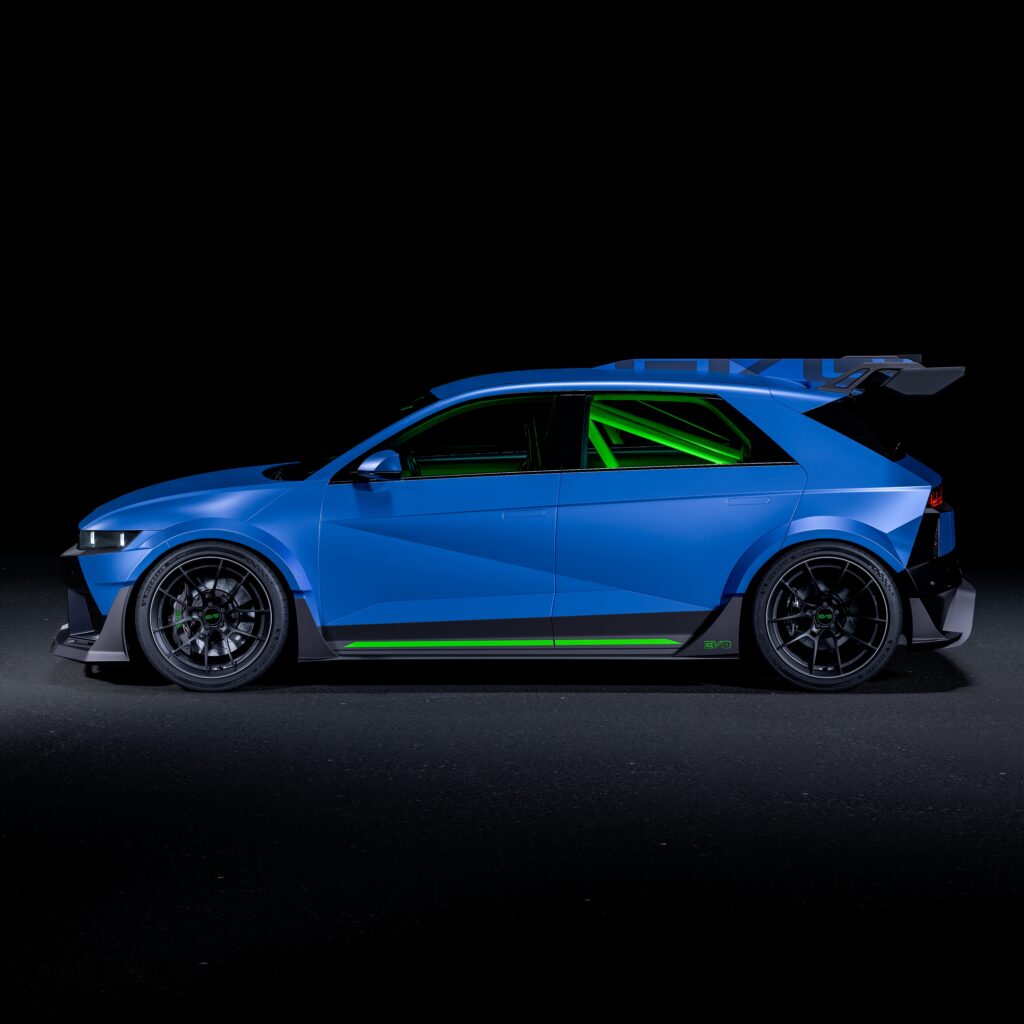
At its core, automotive tuning has always been a battle against physics, intertwined with the art of personal expression. The fundamental goal remains the same: push boundaries and make a statement. However, the methods and challenges in the EV era are fundamentally different.
Traditional internal combustion tuning has always been about managing compromises: turbochargers create power but generate heat, requiring intercoolers. Rear-wheel drive creates oversteer tendencies, demanding wider rear tires. Every modification is a response to the fundamental physics of burning fossil fuels.
But while the physics change, the drive for personal expression remains constant. Just as fashion coordination creates a coherent aesthetic through colors, materials, finishes, and wheels, the visual aspect of customization endures regardless of powertrain.
Electric vehicles present entirely different physics problems. The primary challenge isn’t heat management or power delivery—it’s mass. EVs are heavy, and that weight affects everything from cornering dynamics to brake performance. Brian’s response is characteristically thoughtful: low center-of-gravity suspension geometry, lightweight VOLK wheels, and high-performance BREMBO brakes designed to reduce unsprung mass.
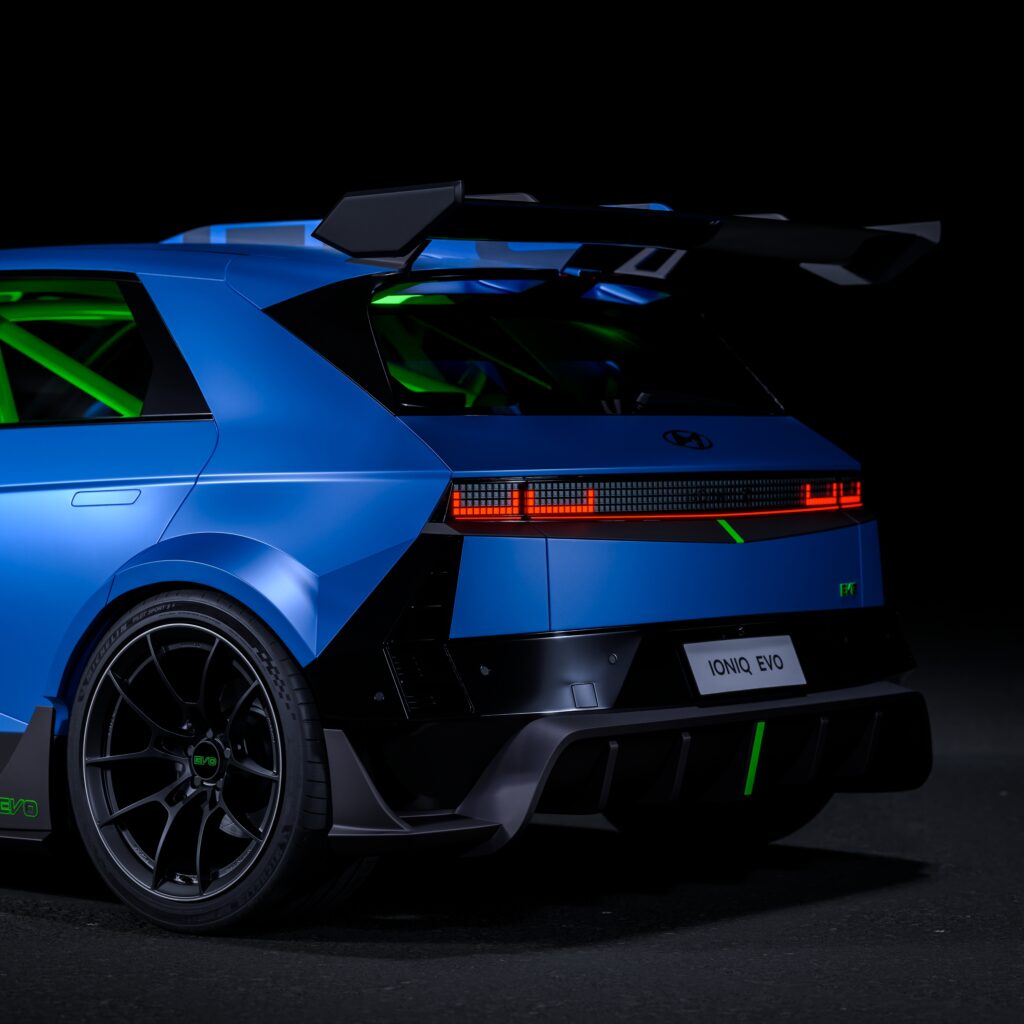
Tuning has always been about fighting nature. With EVs, we’re just fighting different aspects of nature. The formula remains the same—identify the physics problem, engineer a solution, express your personality through the execution. EV tuning is still in its earlier stages, but humanity will undoubtedly devise new forms of enjoyment and methods as this technology evolves.
What Comes Next
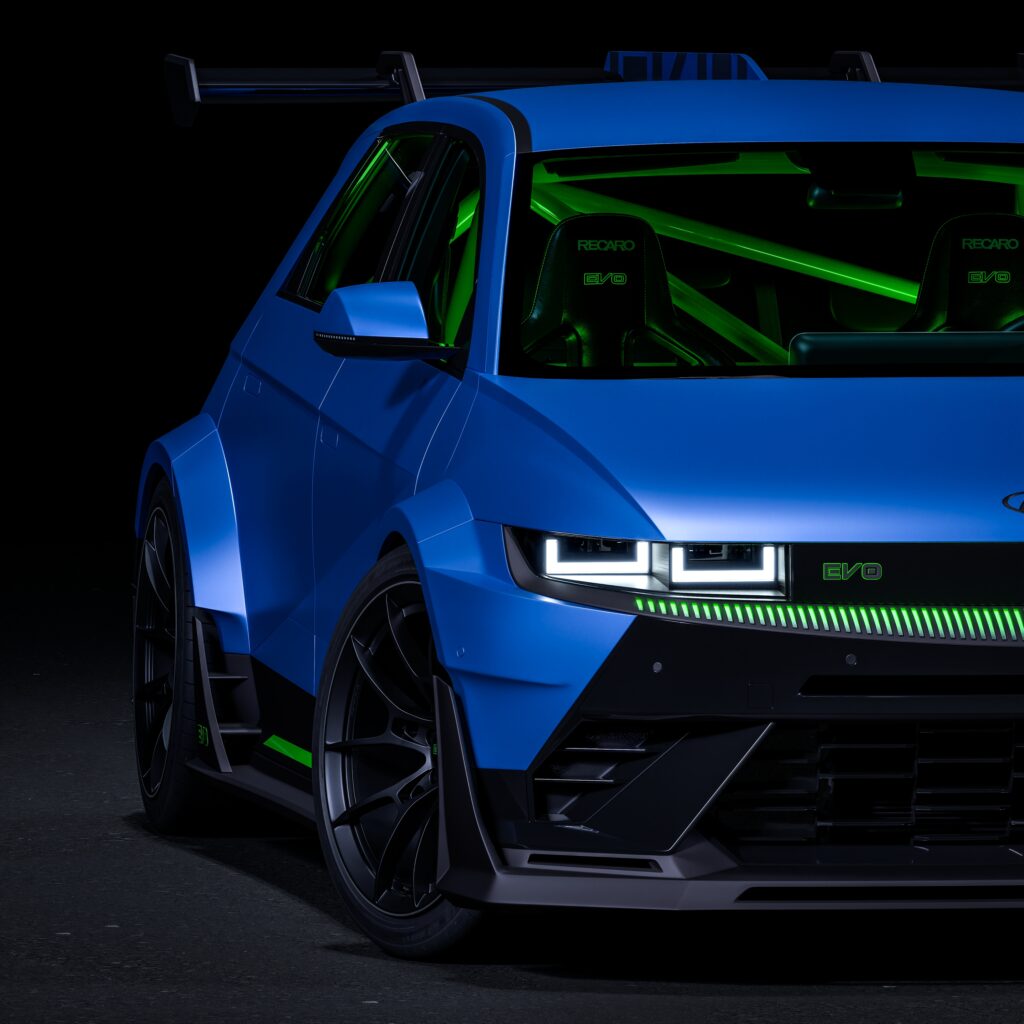
The IONIQ EVO is significant not just as a design exercise but as a preview of where automotive customization is heading. As EVs become performance-oriented—and as the aftermarket develops solutions for their unique challenges—we’ll see more creators like Brian emerge from the digital realm to influence physical automotive design.
The traditional tuning world would be wise to pay attention. While they debate whether EVs can have soul, a new generation is already defining what that soul looks like. Brian Kim’s IONIQ EVO suggests it might be more colorful, more thoughtful, and more technologically sophisticated than anyone expected.
The evolution of automotive tuning culture is no longer a question of ‘if’ but ‘how.’ One pixel at a time, one prototype at a time, pioneers like Brian Kim are not just writing the rules for what comes next; they are actively shaping a vibrant, technologically sophisticated, and deeply personal future for performance vehicles, proving that the ‘soul’ of a car resides not in its engine, but in the passion of those who dare to reimagine it.





